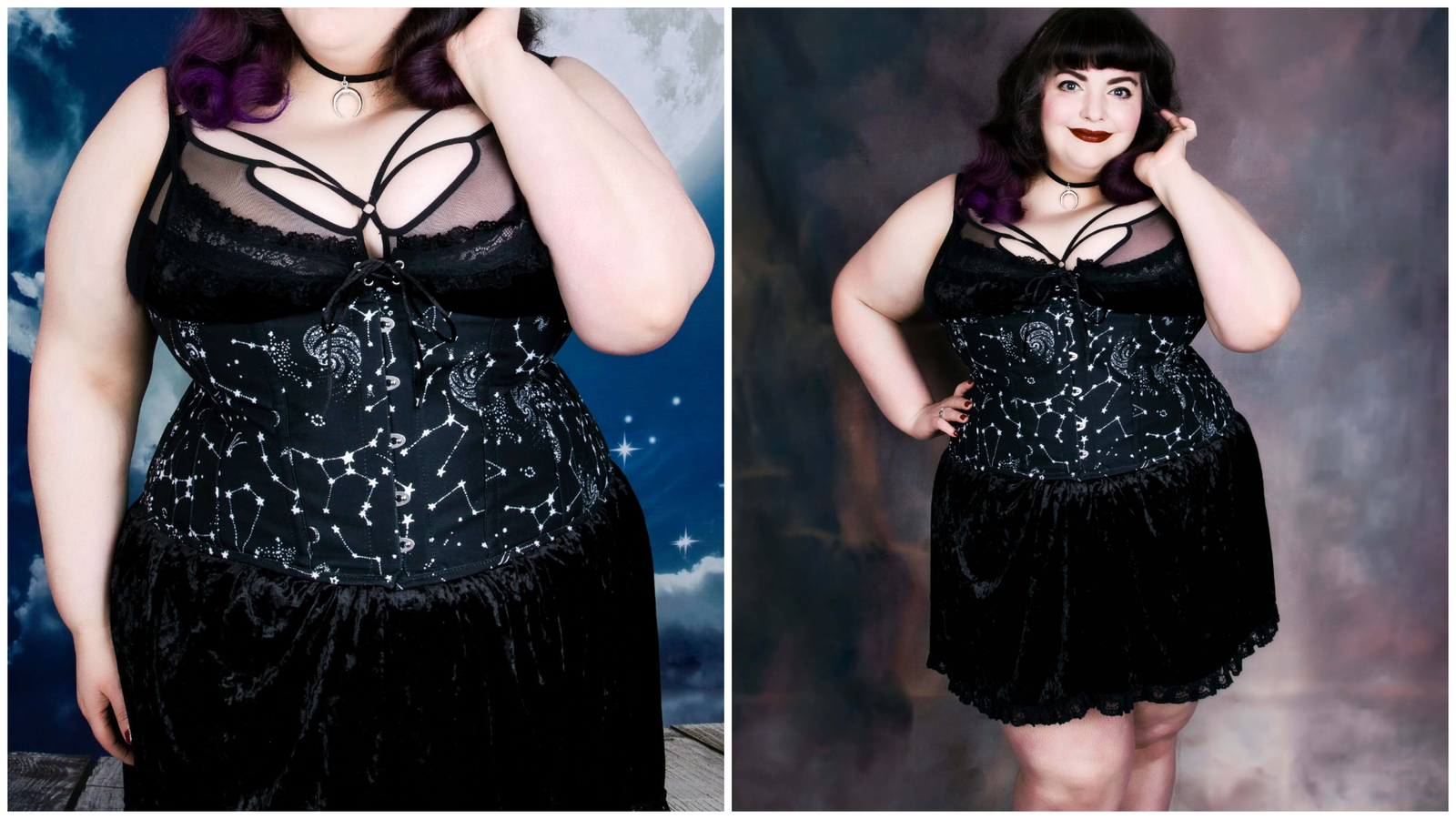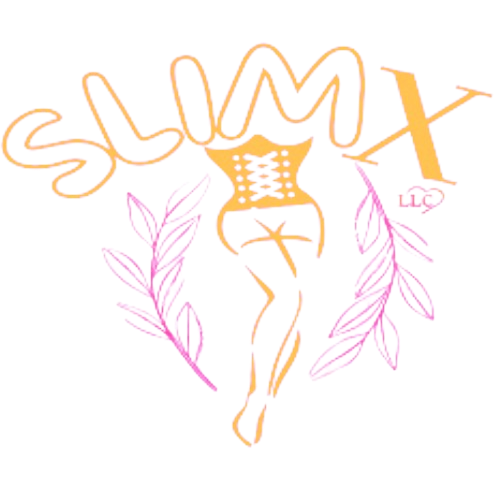Pregnancy is a life-changing journey—beautiful, exhausting, and completely transformative. After giving birth, it’s natural to feel a little unfamiliar in your own body. The belly you once nurtured life in may feel softer, your posture might feel off, and you may long to feel a sense of control and confidence again. That’s when many new moms begin to explore waist training after pregnancy.
But is it really safe? Is it effective? Can it help you feel like “you” again without doing harm?
Let’s dive into everything you need to know in a supportive, non-judgmental way. Whether you’re curious about waist training to boost confidence or just looking for a little structure postpartum, we’re here to help you make informed, empowered decisions.
What is Waist Training, Really?
Waist training involves wearing a snug-fitting garment, such as a waist trainer, corset, or postpartum girdle, around the midsection to help shape the waist. These garments provide compression and support, helping you feel more structured and pulled together. For many new mothers, waist trainers feel like a hug around the core, offering stability when your abdominal muscles are still recovering.
Some people use waist trainers for posture improvement or to encourage the waist to return to pre-pregnancy shape. It’s not a miracle fix or weight loss tool, but for the right person and with proper use, it can be helpful.
Is Waist Training Safe After Pregnancy?
The short answer: Yes, but it depends.
If you’ve had a normal vaginal delivery and your doctor gives you the green light, you can usually start waist training gently a few weeks postpartum. However, if you’ve had a C-section, it’s vital to wait until your incision has healed completely. Always consult your OB-GYN before starting.
The key here is to listen to your body. You just went through one of the most intense physical experiences imaginable. Waist training should never be painful or restrictive. If it feels too tight or causes discomfort, stop and reassess.



Why Do New Moms Use Waist Trainers?
There are plenty of reasons why waist training appeals to moms:
- Support: Many waist trainers offer lumbar support, which is a blessing when you’re constantly nursing, holding your baby, or hunched over changing tables.
- Confidence boost: Feeling more structured and smoothed out under your clothes can be a huge emotional lift.
- Posture improvement: Waist trainers encourage better posture, which helps with core engagement and back health.
- Comfort: Some moms feel like their organs and muscles are “shifting” postpartum. A waist trainer can offer a sense of containment.
Just remember: you don’t need to use one to be a good mom or to “bounce back.”
How to Start Waist Training Safely Postpartum
If you decide to give waist training a try, follow these tips to do it gently and safely:
- Consult your doctor first: Especially if you had a C-section or complications during delivery.
- Choose the right garment: Go for a breathable, flexible postpartum waist trainer, not a heavy steel-boned corset.
- Start slow: Wear it for 1-2 hours a day and gradually increase.
- Don’t ignore discomfort: If you feel pain, pressure, or shortness of breath, stop immediately.
- Don’t wear it 24/7: Give your body time to breathe, especially while sleeping or resting.
- Pair it with gentle movement: Once cleared by your doctor, light core exercises or walks will support your recovery better than waist training alone.
Choosing the Right Waist Trainer After Pregnancy
Look for underbust waist corset that are specifically designed for postpartum use. These are typically softer, more breathable, and less structured than fashion corsets. Mesh waist trainers, adjustable velcro wraps, and gentle compression belts are great options.
Avoid anything too rigid or extreme. Your body is in healing mode, not in “snap back” mode.
What Waist Training Can and Cannot Do
What it can do:
- Offer physical and emotional support
- Improve posture
- Help with abdominal muscle awareness
- Boost self-confidence
What it can’t do:
- Replace exercise and healthy habits
- Instantly restore your pre-baby body
- Help with significant weight loss
There’s no shame in wanting to feel more like yourself. But it’s important to be realistic and kind to your body during this tender time.
Real Experiences from Moms
“I wore a postpartum belly wrap 2 weeks after my second baby. It didn’t ‘shrink’ me, but it helped me feel less achy and more stable,” says Fatima, a mom of two. “The biggest benefit? It gave me the confidence to wear my pre-pregnancy jeans again.”
Another mom, Sara, shared, “I tried waist training too soon after my C-section and had to stop. Later, I switched to a soft wrap and it made all the difference.”
These stories are important. Everyone’s body and birth experience are different. What works for one may not work for another, and that’s perfectly okay.
Final Thoughts: Should You Try It?
Waist training after pregnancy is a personal choice. It can be safe and helpful when used responsibly, especially as a temporary support system. But it’s not a shortcut to body confidence or healing.
The most important thing is to focus on healing, nourishment, and self-love. Your body just did something miraculous—it created life. That deserves compassion and patience.
If waist training helps you feel more secure and supported, wonderful. But never let it replace the kindness your body truly needs.















